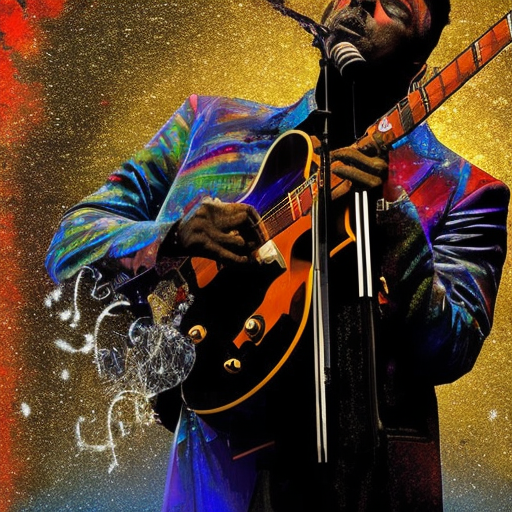Rhythm and Blues: A Brief Overview
Rhythm and Blues (R&B) is a genre of music that emerged in the United States in the 1940s. It combines elements of jazz, gospel, and blues, and has had a significant influence on the development of popular music. R&B is characterized by its catchy melodies, soulful vocals, and rhythmic grooves. It has evolved over the years, giving rise to various subgenres and influencing artists across different musical styles.
The Origins of Rhythm and Blues
R&B originated from African American communities in the southern United States. It developed as a fusion of various musical styles, including blues, jazz, and gospel. The term “Rhythm and Blues” was coined by music journalist Jerry Wexler in the late 1940s to describe the music played by African American artists for predominantly African American audiences. It was initially used as a marketing term to replace the term “race music,” which was considered derogatory.
The Evolution of Rhythm and Blues
In the 1950s, R&B underwent a significant transformation with the advent of rock and roll. Artists like Chuck Berry and Little Richard infused R&B with a more energetic and rebellious sound, incorporating elements of rockabilly and country music. This era also saw the rise of doo-wop, a vocal style characterized by harmonized backing vocals and romantic lyrics.
In the 1960s, R&B continued to evolve, with the emergence of Motown and soul music. Motown, founded by Berry Gordy Jr., became a powerhouse for African American artists, producing hits by acts like The Supremes, Stevie Wonder, and Marvin Gaye. Soul music, with its emotive vocals and socially conscious lyrics, became a powerful expression of the civil rights movement.
R&B in the Modern Era
In the 1980s and 1990s, R&B experienced a resurgence with the emergence of new jack swing and contemporary R&B. New jack swing, pioneered by artists like Teddy Riley and Keith Sweat, combined R&B with hip-hop and electronic elements, creating a more urban and danceable sound. Contemporary R&B, popularized by artists like Mary J. Blige and R. Kelly, incorporated elements of hip-hop, pop, and electronic music, appealing to a wider audience.
In recent years, R&B has continued to evolve and blend with other genres. Artists like Frank Ocean, The Weeknd, and Solange have pushed the boundaries of R&B, incorporating elements of alternative, electronic, and experimental music. This has led to the emergence of subgenres like alternative R&B and neo-soul, which offer a fresh and innovative take on the traditional R&B sound.
The Influence of Rhythm and Blues
Rhythm and Blues has had a profound influence on popular music. Its fusion of different musical styles and emphasis on rhythm and groove laid the foundation for the development of rock and roll, funk, and hip-hop. Many iconic artists, such as Michael Jackson, Prince, and Beyoncé, have drawn inspiration from R&B and incorporated its elements into their own music.
R&B has also influenced other art forms, including dance and fashion. Its infectious rhythms and soulful melodies have inspired countless dance routines and choreographies. Additionally, R&B artists have often been trendsetters in terms of fashion, with their distinctive styles influencing popular fashion trends.
In conclusion, Rhythm and Blues is a genre of music that emerged in the United States in the 1940s. It combines elements of jazz, gospel, and blues and has had a significant influence on the development of popular music. From its origins in African American communities to its evolution into various subgenres, R&B continues to be a vibrant and influential genre that shapes the musical landscape.












